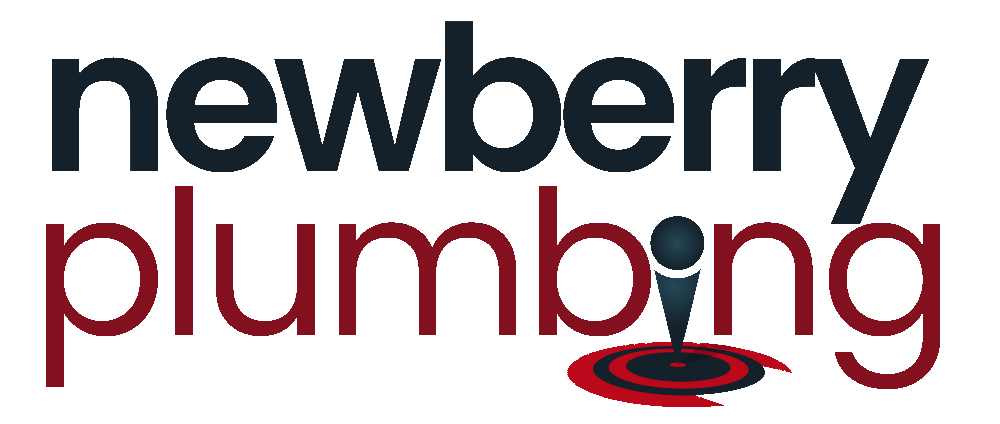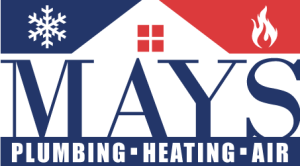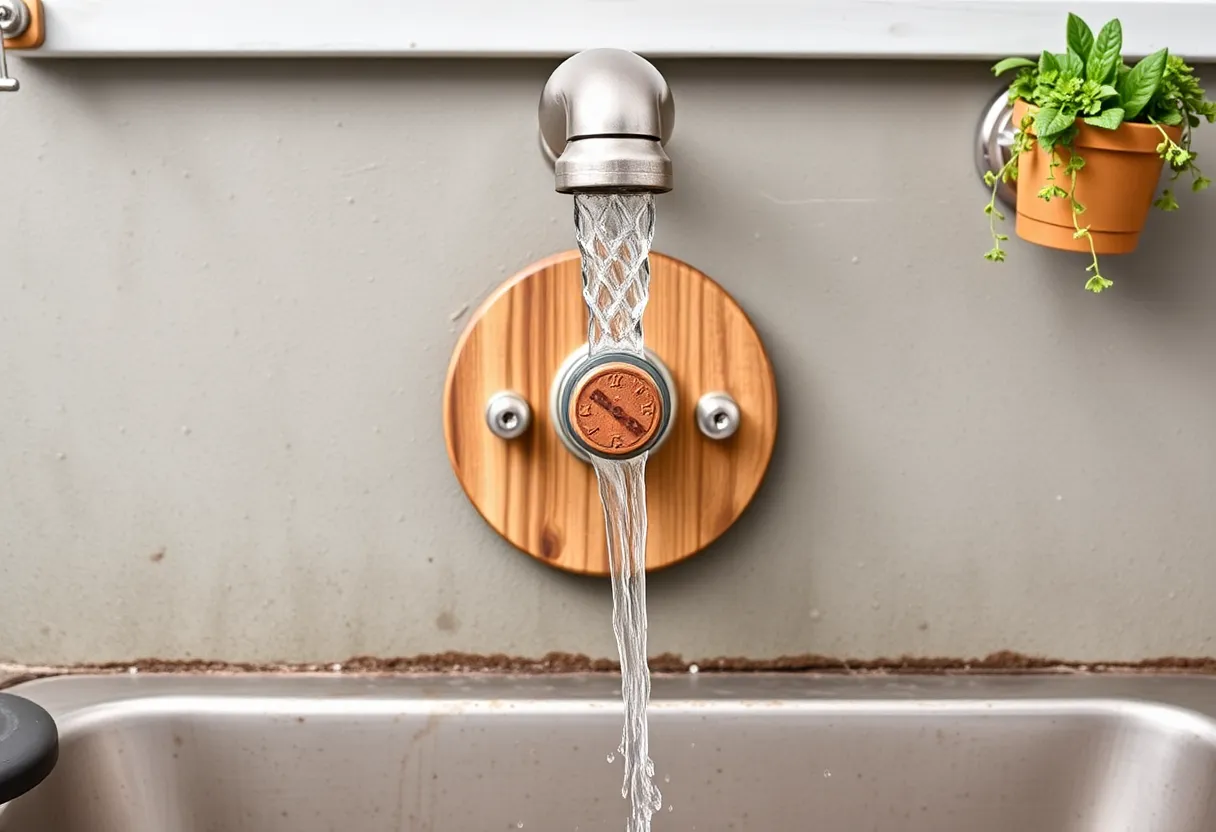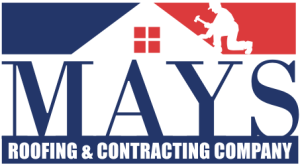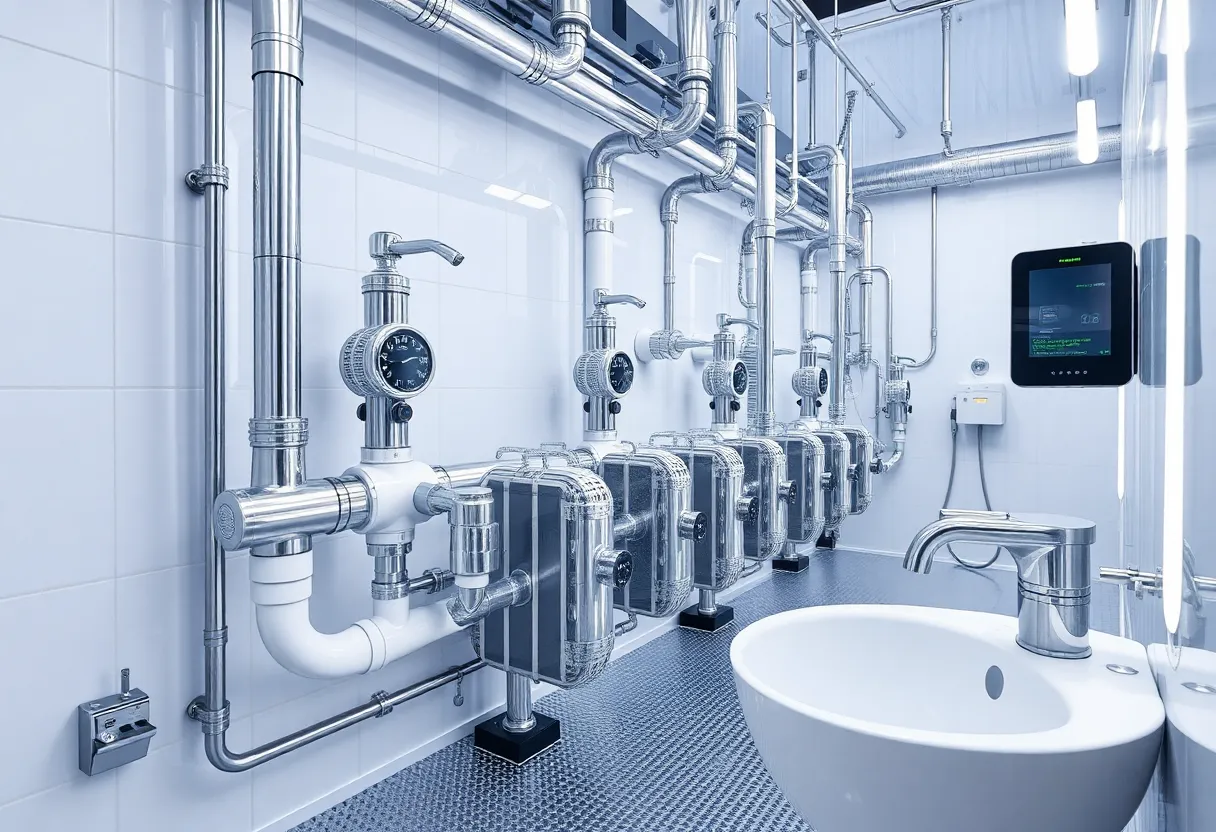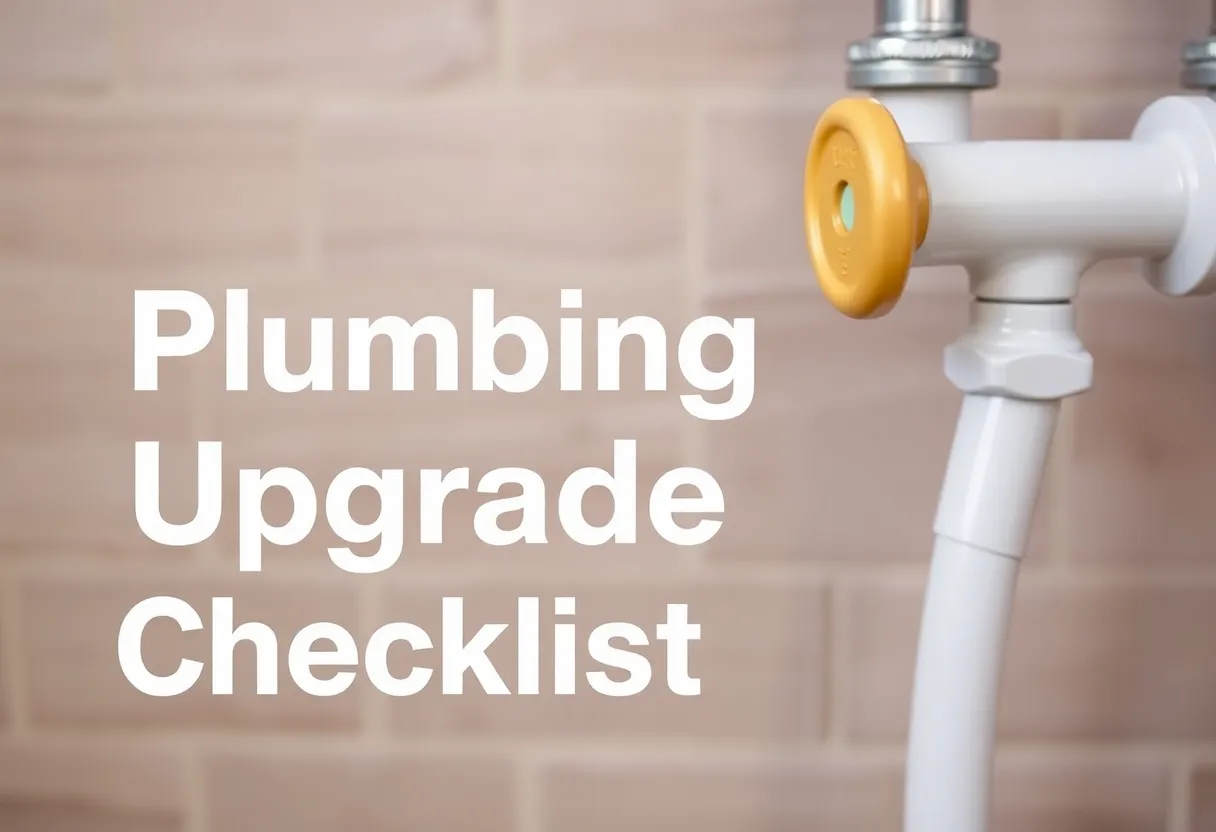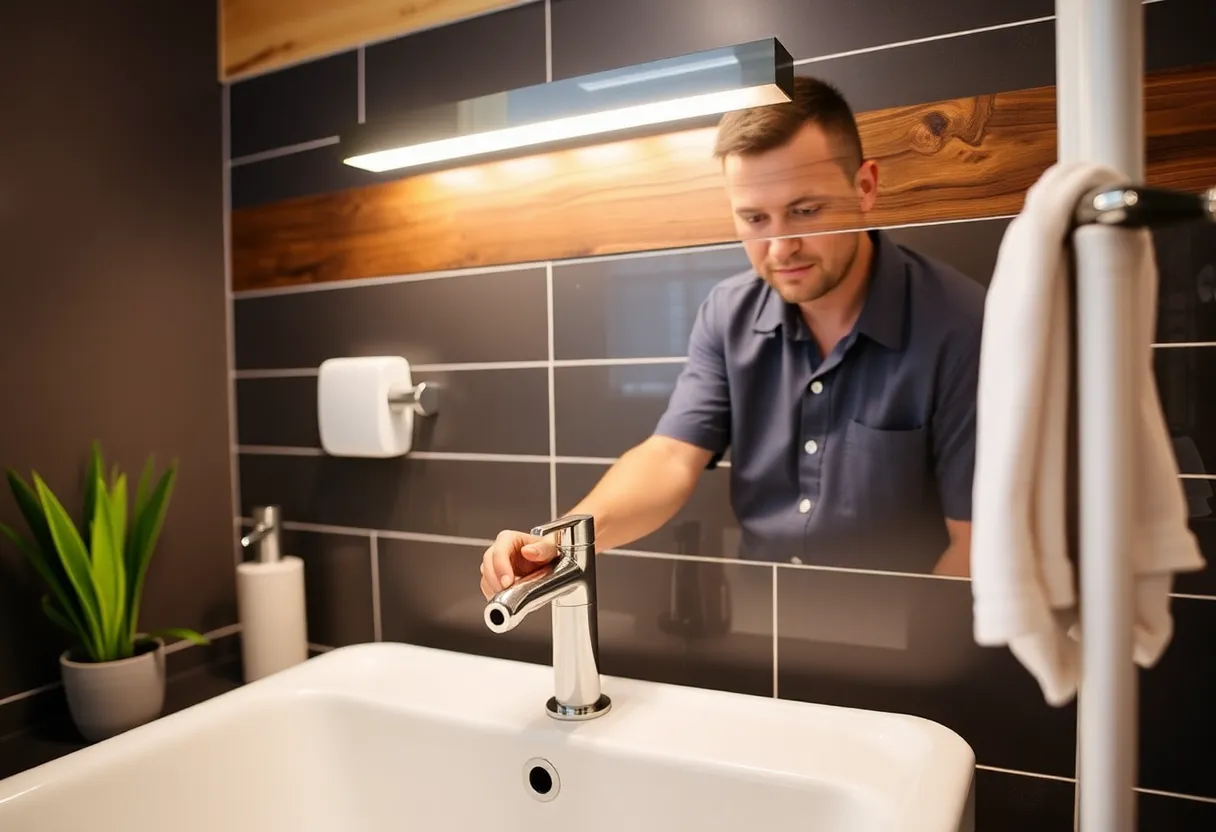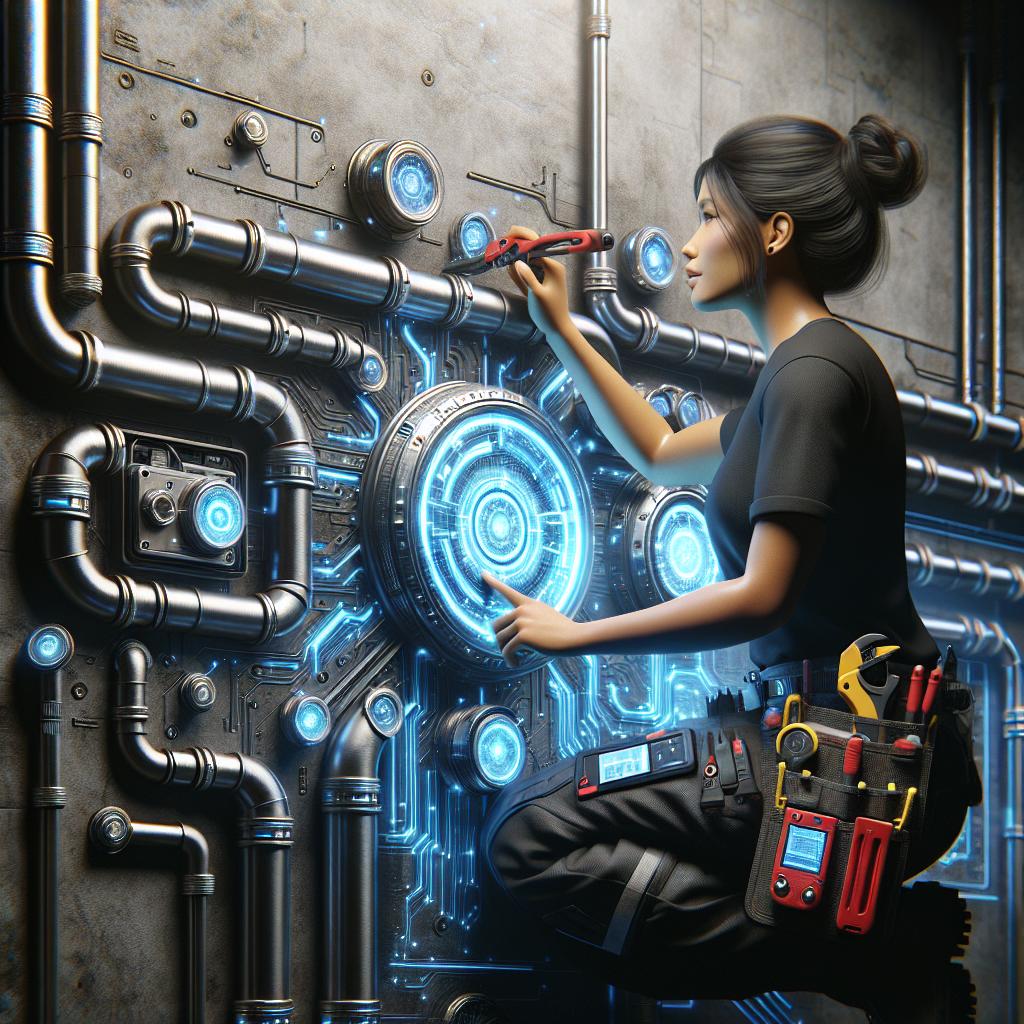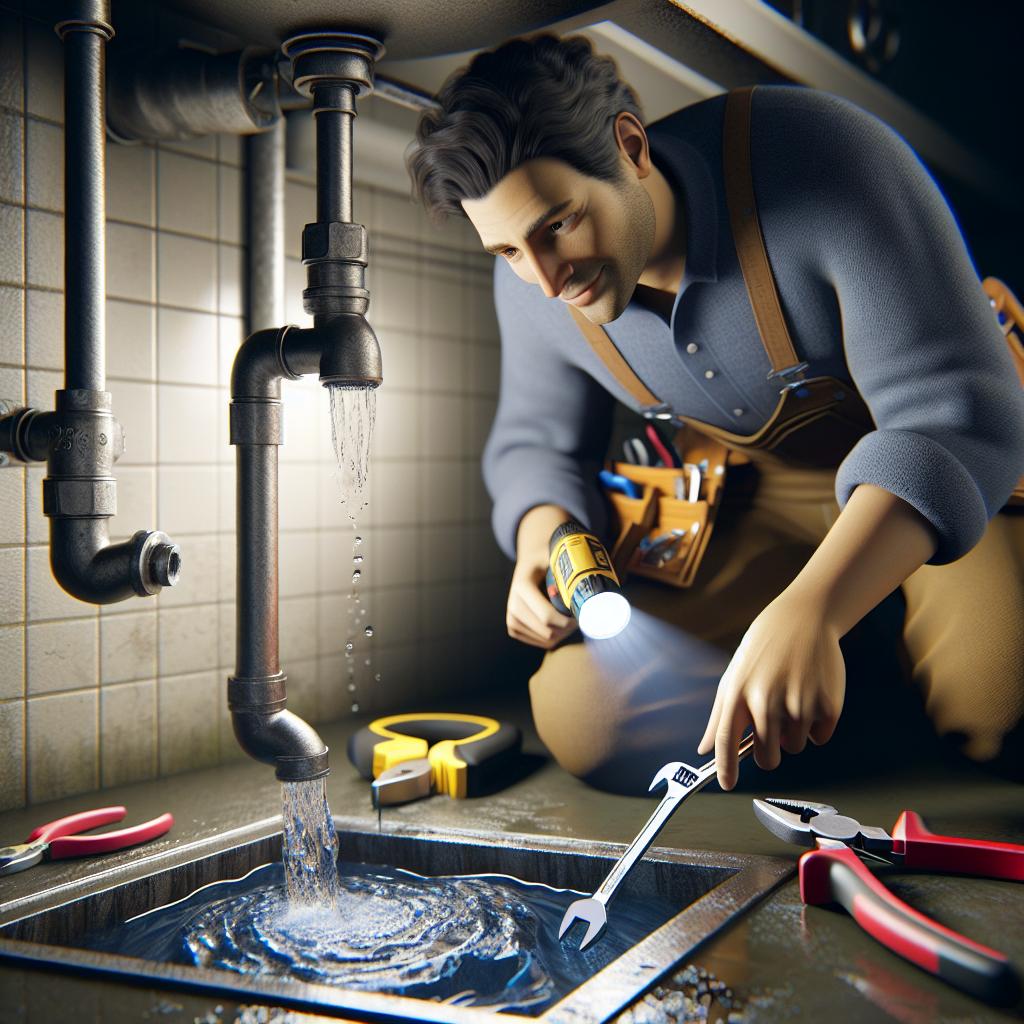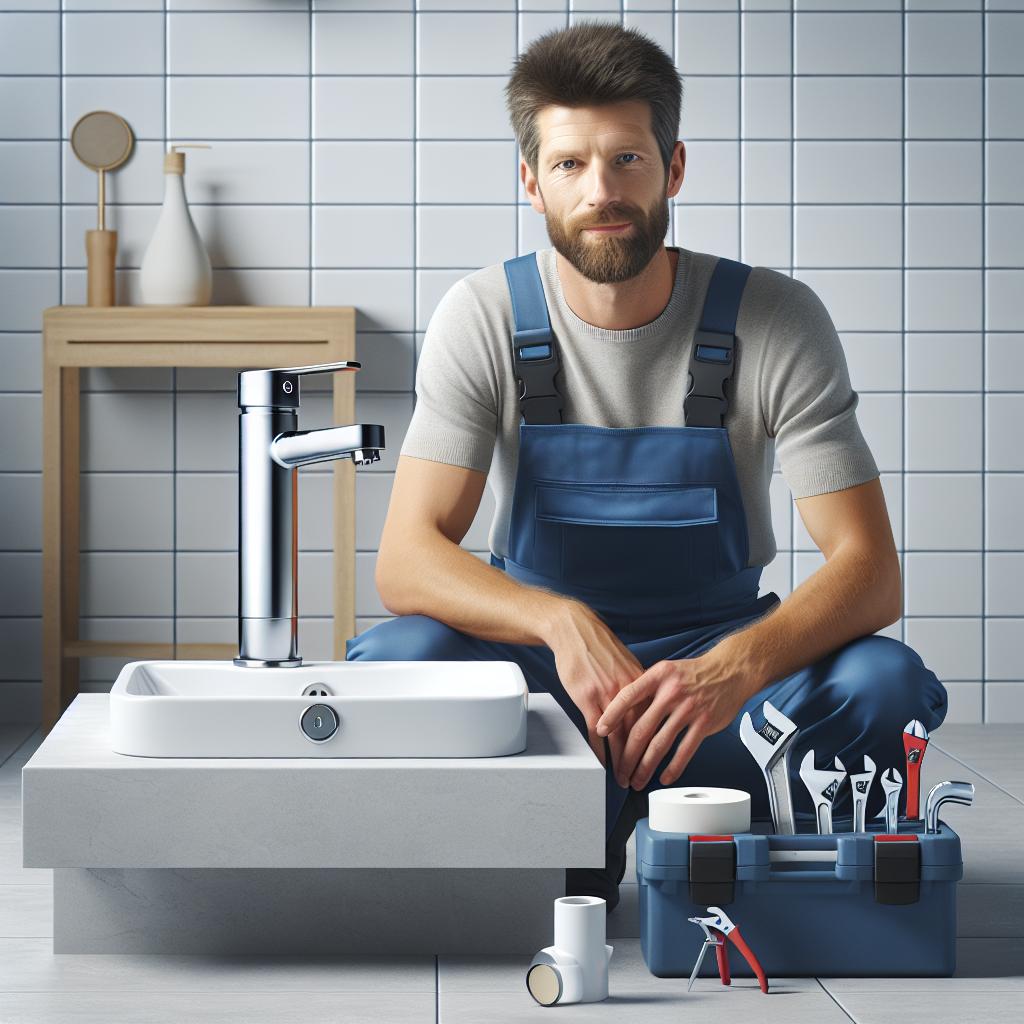The Plumbing Makeover: 7 Unexpected Upgrades to Boost Your Home’s Water Efficiency
When it comes to home improvement, many homeowners focus on aesthetics, leaving essential systems like plumbing overlooked. However, a plumbing makeover can not only enhance the functionality of your home but also significantly boost its water efficiency. By incorporating a few unexpected upgrades, you can save water, reduce your utility bills, and contribute to environmental conservation. Here are seven innovative changes that can transform your home’s plumbing and help you utilize water more efficiently.
1. Dual-Flush Toilets
Toilets account for a significant portion of household water usage, consuming about 30% of total water consumption. A simple yet effective upgrade is to install a dual-flush toilet. This modern toilet offers two flushing options: one for liquid waste and another for solid waste. Typically, a full flush uses around 1.6 gallons of water, while the partial flush can use as little as 0.8 gallons.
By incorporating a dual-flush toilet, homeowners can reduce their water usage by approximately 67% per flush when choosing the lower option. This not only conserves water but also reduces your monthly water bill, making it an essential upgrade for any plumbing makeover.
2. Low-Flow Showerheads
Shower time can be one of the biggest culprits of water waste in a household. Standard showerheads can use up to 2.5 gallons of water per minute. Switching to a low-flow showerhead can drastically cut this number, limiting water usage to 1.5 gallons per minute or even less without sacrificing water pressure.
Some models even feature technology to maintain water pressure while reducing flow, leading to an enhanced shower experience while saving water. This upgrade can lead to an impressive decrease in water consumption, translating to thousands of gallons saved annually!
3. Smart Irrigation Systems
For homeowners with gardens or lawns, smart irrigation systems offer significant water savings. Traditional sprinklers tend to follow a fixed schedule, leading to overwatering or underwatering. On the other hand, smart irrigation systems use weather data and soil moisture sensors to determine the optimal watering needs for your landscape.
By implementing a smart irrigation system, homeowners can reduce outdoor water usage by as much as 50%. These systems can be controlled through smartphones, allowing for easy adjustments and monitoring from anywhere, giving homeowners peace of mind alongside substantial conservation benefits.
4. Greywater Recycling Systems
With the push towards sustainability, installing a greywater recycling system can be a transformative step in your plumbing makeover. Greywater refers to wastewater from sinks, showers, and laundry – which can be reused for irrigation or toilet flushing.
These systems collect and treat greywater, making it safe for non-potable uses. By implementing a greywater recycling system, you can save an average household between 20% to 50% of their water consumption, particularly during summer months when outdoor watering is essential. This not only helps in water preservation but also reduces demand on municipal water systems.
5. Faucet Aerators
Many homeowners may not realize how much water is wasted at the sink. Standard faucets can use 2.2 gallons of water per minute, leading to quite a significant waste if left unchecked. Installing faucet aerators can dramatically reduce the flow rate without diminishing the user experience.
These small devices can cut flow down to less than 1.0 gallons per minute while maintaining a strong stream. This straightforward upgrade is fairly inexpensive and can save vast amounts of water over time, making it one of the easiest and most effective upgrades for any water efficiency strategy.
6. Leak Detection Sensors
Leaks can occur anywhere in your plumbing system, leading to significant water waste if left undetected. Investing in leak detection sensors can play a crucial role in enhancing water efficiency in your home. These sensors can detect moisture and alert you through your smartphone or an alarm system if a leak is present.
By taking early action on leaks, homeowners can avoid costly repairs and save considerable amounts of water. The Environmental Protection Agency reports that even a small leak can waste over 10,000 gallons of water annually, so addressing leaks promptly is essential for water conservation.
7. Recirculating Hot Water Systems
One of the most common frustrations in homes is the wait for hot water. Traditional plumbing systems often mean long waits while water runs before it reaches the desired temperature. A recirculating hot water system addresses this issue while also improving water efficiency.
This system keeps hot water readily available at your faucets, reducing waste since you don’t have to let water run and go cold while waiting. In fact, it’s estimated that homeowners can save more than 10,000 gallons of water annually by eliminating run-off waiting times. Moreover, there are energy-saving benefits as well, leading to lower heating costs.
The Benefits of Water Efficiency Upgrades
Enhancing your home’s plumbing efficiency offers numerous advantages, from financial savings to environmental benefits. With the rising cost of water and growing concerns over water scarcity, implementing upgrades can have a far-reaching impact.
Cost Savings
Lower water usage translates to lower water bills. Many of the upgrades previously mentioned pay for themselves over time through reduced utility expenses. This creates an added incentive for homeowners to invest in water-efficient solutions.
Environmental Impact
By adopting water-efficient practices, you are doing your part to conserve water for future generations. Environmental conservation means preserving failing ecosystems and habitats due to water shortages, which is crucial for maintaining biodiversity.
Increased Home Value
Incorporating energy and water-efficient upgrades into your home can significantly boost its market value. Many homebuyers prioritize sustainability and efficiency when searching for a new home. By making these adjustments, you could make your property more appealing to potential buyers down the line.
Conclusion
A plumbing makeover can be an excellent opportunity to not only improve the functionality of your home but also enhance water efficiency. With upgrades like dual-flush toilets, low-flow showerheads, smart irrigation systems, greywater recycling, faucet aerators, leak detection sensors, and recirculating hot water systems, you can make substantial differences in both your water usage and your monthly utility bills.
Embracing innovation in your plumbing not only paves the way for a sustainable future but also ensures that your home is equipped for modern living. Start your plumbing makeover today, and experience the benefits of increased water efficiency firsthand!
